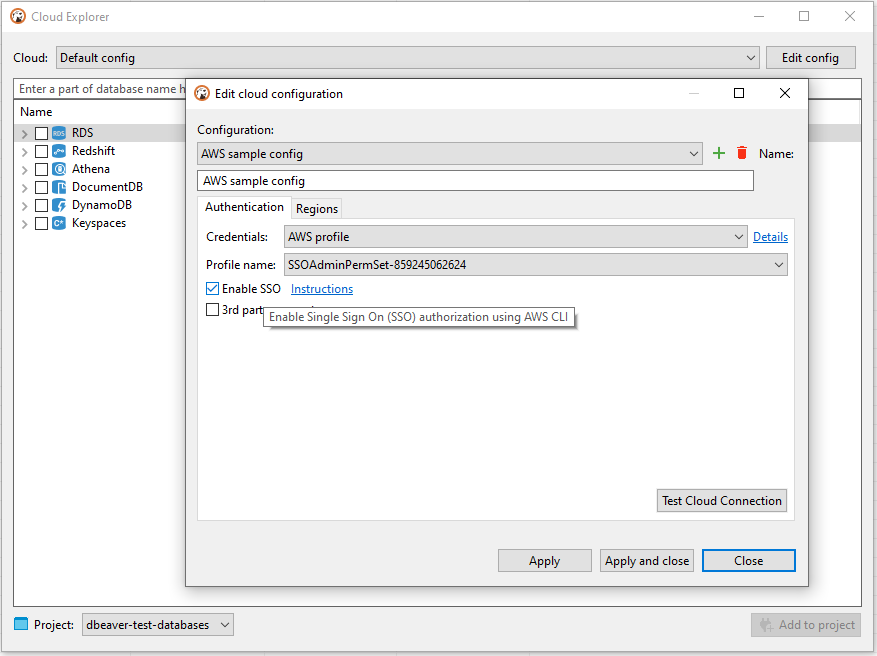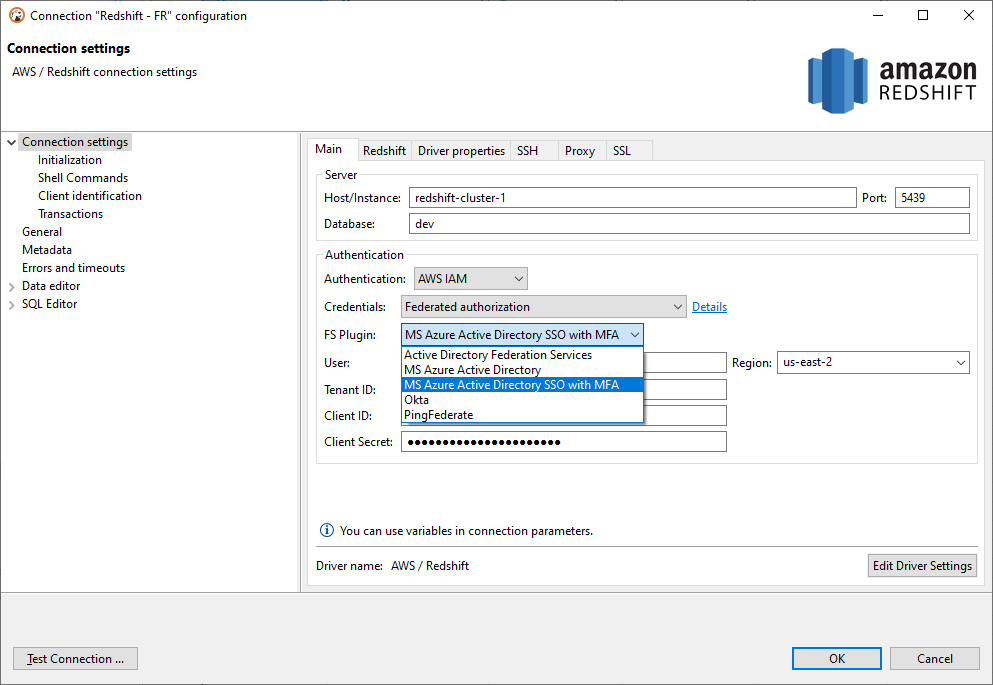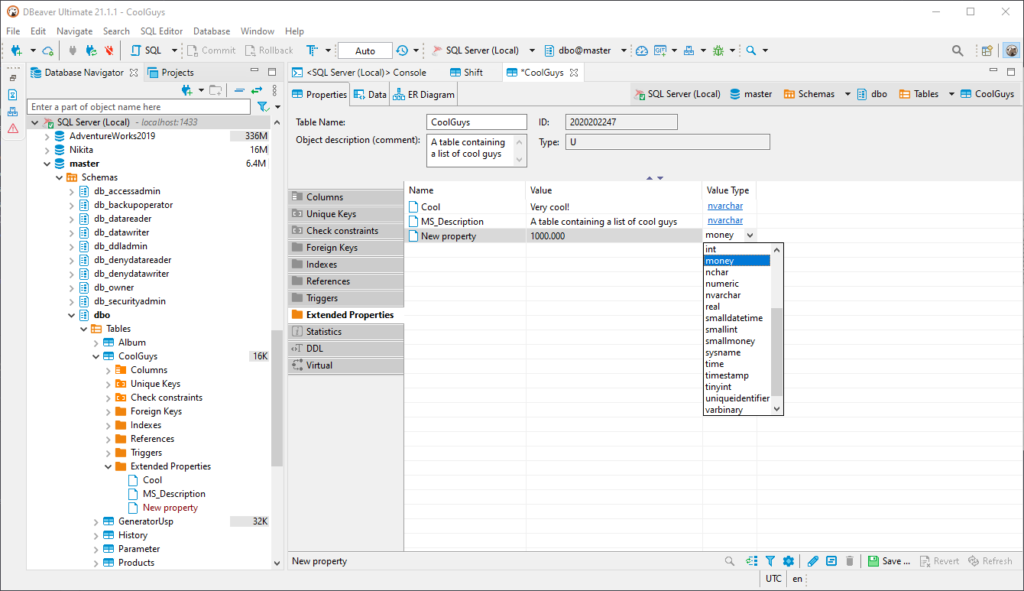We love our customers because they always inspire us to develop something big and interesting. From this point of view DBeaver is a real community-driven product. It is true for the open-source version but it is true for the commercial products as well. You can test new features before the official release in the early-access versions and send feedback. We are open to your suggestions because we know that they are useful for most of our users.
A short overview of features that appeared in DBeaver 21.1 thanks to our customers and partners is in this news.
It is not a secret that a big part of the modern world infrastructure is in clouds. The clouds provide simple scalability, easy administration for the infrastructure, and a high level of security which are very important for enterprises. But as usual, this coin has two sides. Advanced security requires big effort for setup. We make DBeaver to simplify process of working with databases, never mind where your database is located. Since 21.1 our products support different types of single sign-on (SSO) authorization for your AWS services. You can find more information on our wiki.
Continuing the story about AWS we would like to add a couple words about Redshift. We received a lot of questions about special authorisation systems for Redshift like Federated authorisation with Okta, Active Directory or Ping Federated. Now these connection ways are really easy to setup in DBeaver. Moreover, since 21.1 DBeaver has included support for data shares by request from the Redshift development team.
Every database has own special features, especially when we are talking about big players. Release 21.1 brings us a possibility to view, add, remove and edit extended properties for SQL Server. Now you do not need a special tool just to work with the extended properties: all of them are available in the metadata editor.




